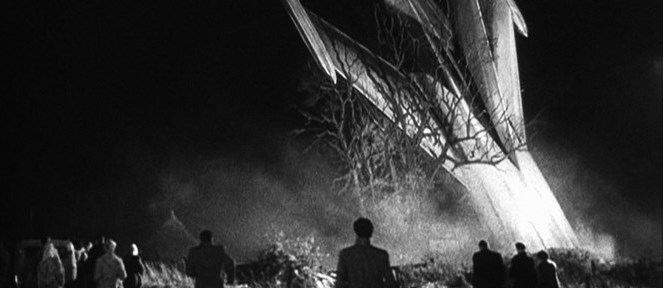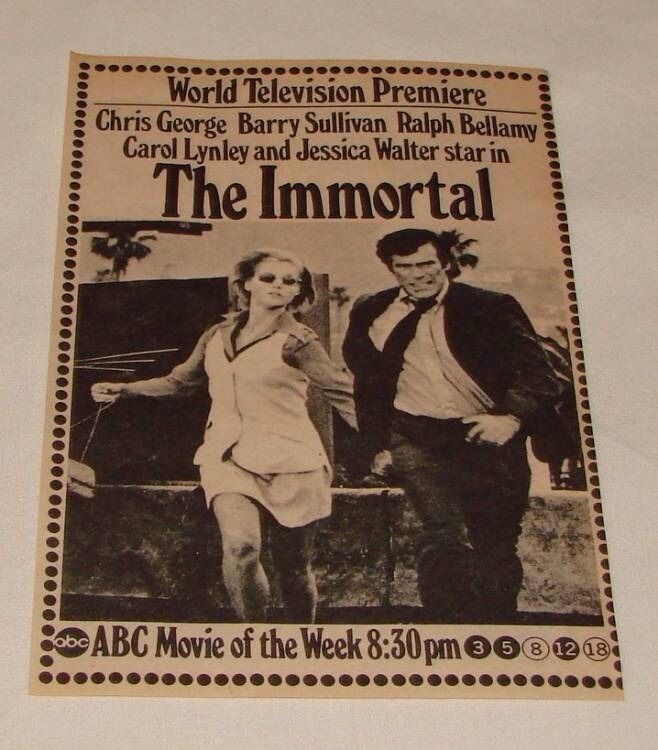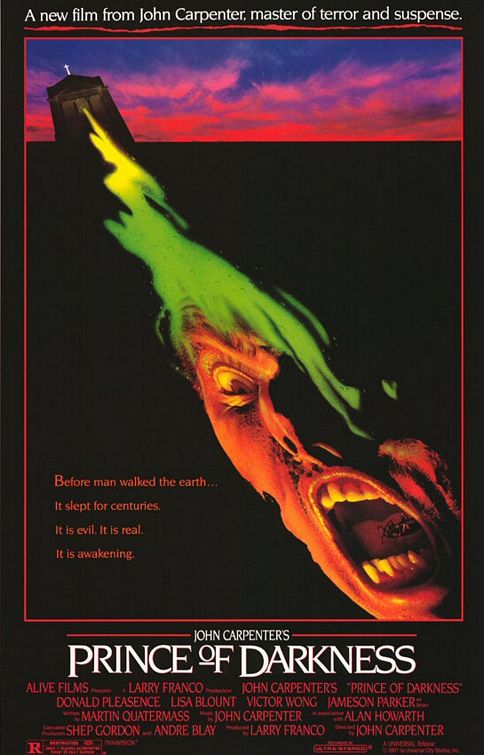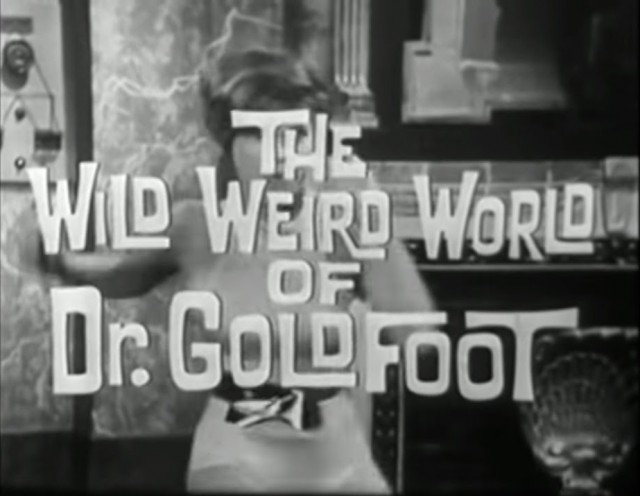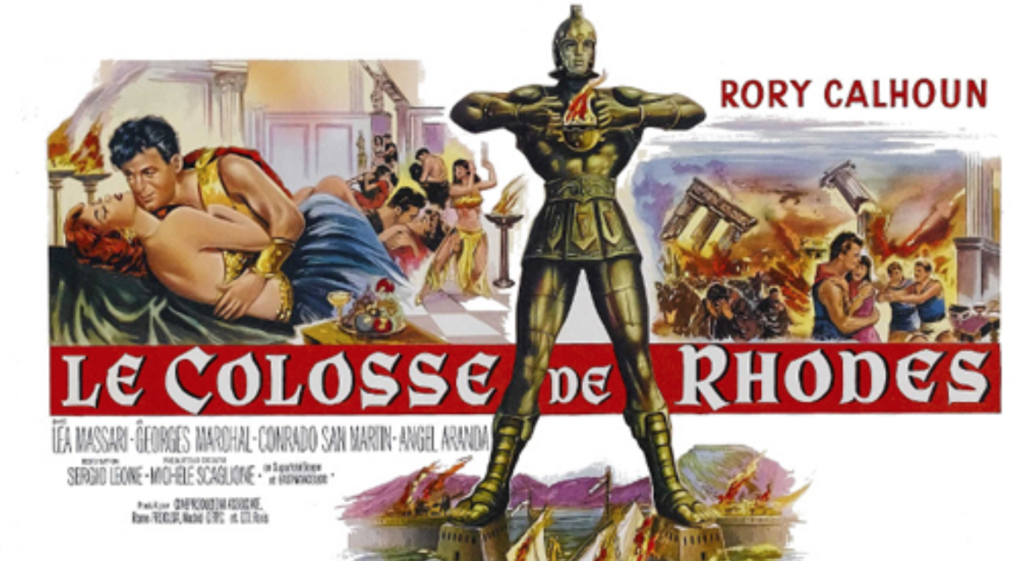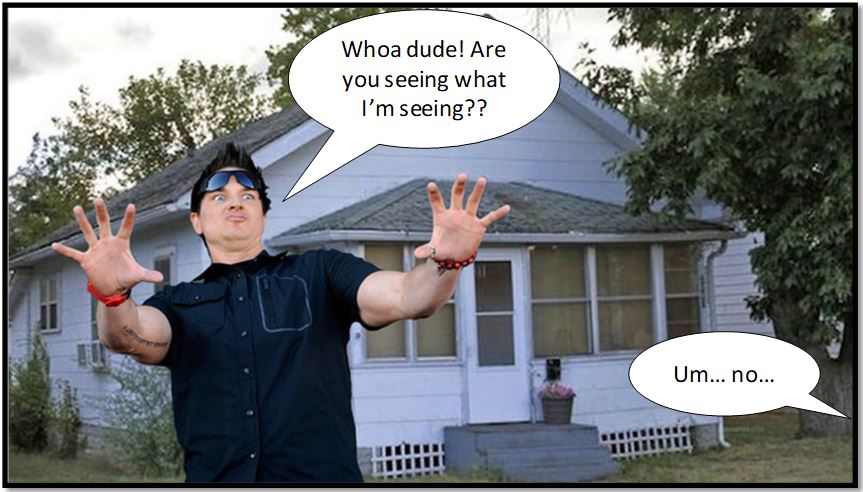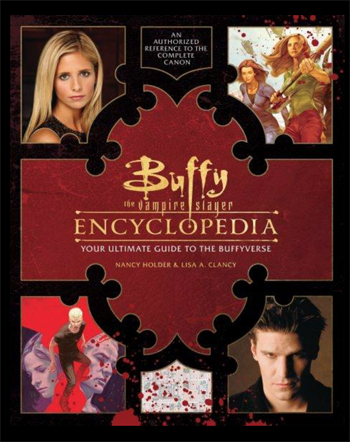Dead and Looking Great: Night of the Living Dead Gets the Criterion Treatment
Kyra Schon as Karen Cooper in Night of the Living Dead
When George Romero, the Don Corleone of zombie movies, died last year, I did what I’m sure countless others did: I turned off the lights, boarded up the windows, laid in a supply of popcorn and Molotov cocktails, and settled down to watch Night of the Living Dead.
I first heard about the movie in the early seventies, when I came across an outraged condemnation of it in a Reader’s Digest I was flipping through while waiting to get my hair cut. When the flabbergasted critic said that the film’s monsters actually ate their victims — right there on the screen, I thought, “Oh, man — I have got to see this!” I caught it very soon thereafter on late night TV; it did not disappoint. It left an indelible mark on my psyche, and as a result I spent the next few years ignoring the teachers I was supposed to be listening to because I was too busy sketching out ways to defend my high school from a zombie attack. A typical American adolescence.
I have always considered Night of the Living Dead to be the most frightening of all horror films, and this most recent viewing revealed the movie to be as great as it ever was. In the years since 1968, other movies have certainly gone farther, but no movie has ever had as much impact; Romero’s nightmare vision can make your skin crawl in all the right places even now, and the hopeless, downbeat ending still packs quite a wallop. I watched with the same mounting dread and finished with the same feeling of lingering unease that I always experience after spending a claustrophobic evening with this soulless, hungry crew.

